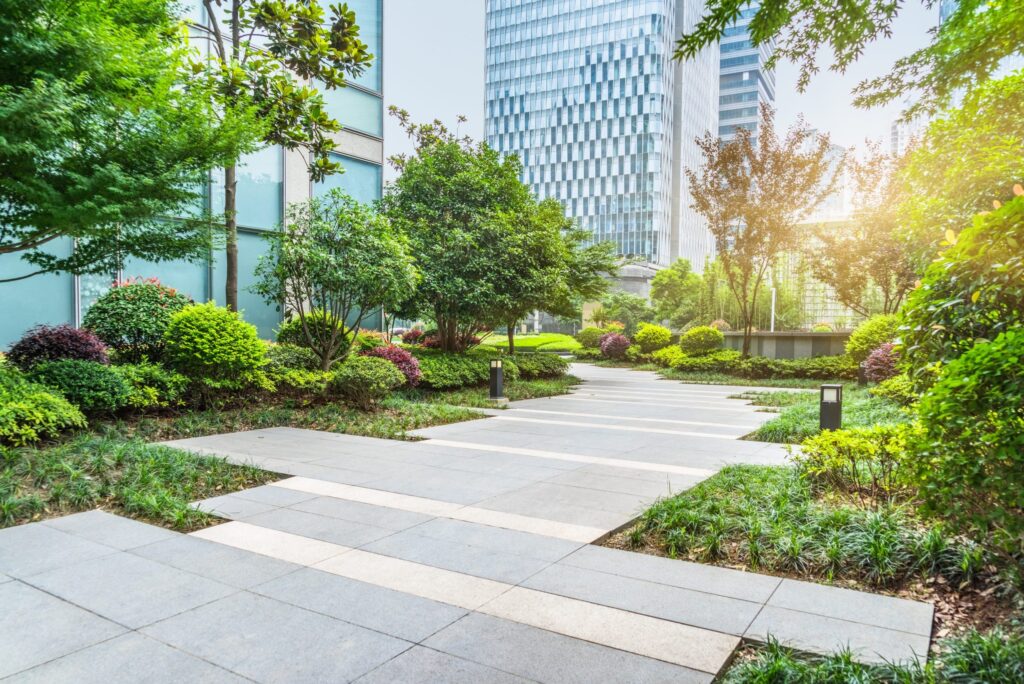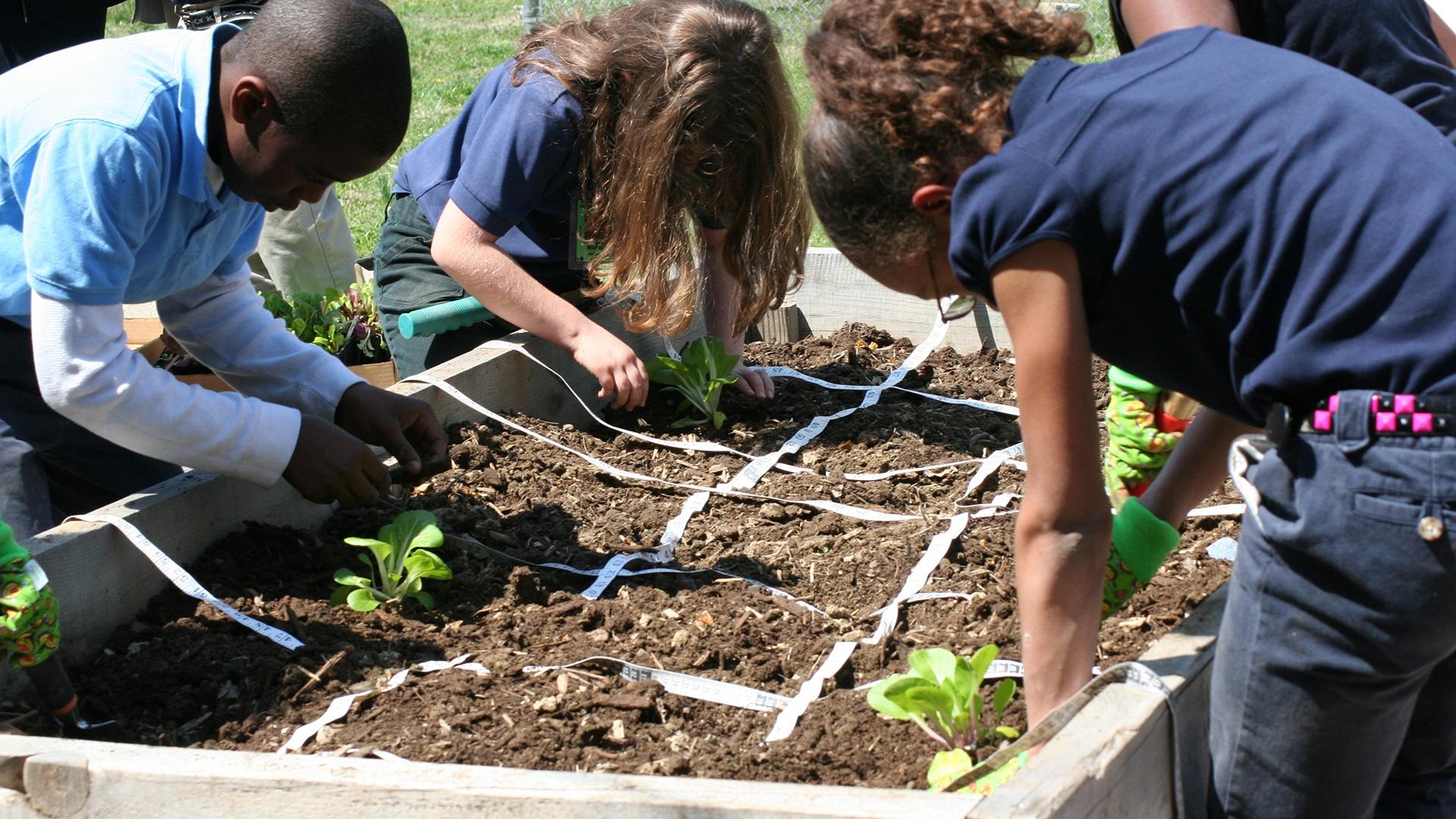
Introduction: Embracing a Sustainable Vision for Our Landscapes
In a world grappling with the realities of climate change and environmental degradation, the choices we make today will profoundly shape the world of tomorrow. Among the most impactful decisions we can make is how we design, build, and maintain the spaces that surround us. Sustainable landscape construction is no longer a niche concept; it’s a necessity, a movement that’s gaining momentum as homeowners, businesses, and communities recognize the vital role our landscapes play in promoting ecological health and human well-being.
This comprehensive guide delves into the world of sustainable landscape construction, providing you with the knowledge and insights needed to create outdoor spaces that are not only beautiful and functional but also environmentally responsible. We’ll explore the principles of sustainability, the key strategies and techniques employed, and the numerous benefits that come with embracing a greener approach to landscape design and construction. Whether you’re a seasoned landscape professional, a passionate homeowner, or simply curious about the future of our outdoor spaces, this guide will equip you with the information you need to make informed decisions and contribute to a more sustainable world.
Understanding the Principles of Sustainable Landscape Construction
At its core, sustainable landscape construction is about minimizing the environmental impact of our outdoor spaces while maximizing their ecological and social benefits. It’s a holistic approach that considers the entire lifecycle of a landscape, from the initial design and construction phases to its ongoing maintenance and eventual decommissioning. The guiding principles of sustainable landscape construction include:
- Environmental Stewardship: Protecting and enhancing natural resources, such as water, soil, and biodiversity.
- Resource Efficiency: Using materials and practices that conserve resources and minimize waste.
- Minimizing Pollution: Reducing air, water, and soil pollution through responsible construction and maintenance practices.
- Creating Healthy Ecosystems: Promoting biodiversity and providing habitat for wildlife.
- Enhancing Human Well-being: Creating outdoor spaces that support physical and mental health.
- Economic Viability: Considering the long-term costs and benefits of sustainable practices.
These principles are interwoven, creating a synergistic effect. For instance, using native plants not only conserves water but also supports local biodiversity and reduces the need for fertilizers and pesticides, thereby minimizing pollution. Understanding these principles is the foundation for making informed decisions throughout the landscape construction process.
Planning and Design: The Foundation of Sustainable Landscapes
The design phase is the most critical stage in sustainable landscape construction. It’s where we lay the groundwork for a landscape that is both beautiful and environmentally responsible. Careful planning and design consider the specific site conditions, the needs of the client, and the broader ecological context. Key considerations during the planning and design phase include:
Site Analysis: Understanding the Existing Conditions
Before any design work begins, a thorough site analysis is essential. This involves assessing the existing conditions of the site, including:
- Soil Type and Drainage: Understanding the soil’s composition, drainage patterns, and fertility is crucial for selecting appropriate plants and designing effective irrigation systems.
- Sun Exposure and Microclimates: Identifying areas of full sun, partial shade, and full shade helps determine the best placement for plants and other landscape features.
- Existing Vegetation: Preserving existing trees and shrubs is often a key goal in sustainable landscaping, as they provide valuable ecosystem services, such as shade, erosion control, and habitat.
- Water Availability: Assessing the availability of water resources, including rainfall patterns, well water, and municipal water supply, is crucial for designing efficient irrigation systems.
- Topography: Understanding the slope and elevation of the site helps determine drainage patterns and the need for erosion control measures.
- Wind Patterns: Assessing wind patterns can inform the placement of windbreaks and the selection of plants that can withstand prevailing winds.
Plant Selection: Choosing the Right Plants for the Right Place
Selecting plants is one of the most important decisions in sustainable landscape design. The goal is to choose plants that are well-suited to the site conditions, require minimal maintenance, and provide ecological benefits. Key considerations for plant selection include:
- Native Plants: Native plants are adapted to the local climate and soil conditions, making them more resilient to pests and diseases and requiring less water and fertilizer. They also provide habitat and food for local wildlife.
- Drought-Tolerant Plants: Drought-tolerant plants are ideal for conserving water, especially in arid or semi-arid regions.
- Low-Maintenance Plants: Choosing plants that require minimal pruning, fertilizing, and pest control reduces the need for resource-intensive maintenance practices.
- Functional Plants: Consider plants that provide multiple benefits, such as shade trees for cooling, edible plants for food production, and plants that attract pollinators.
Water Management: Conserving a Precious Resource
Water conservation is a cornerstone of sustainable landscape construction. Efficient water management practices include:
- Efficient Irrigation Systems: Using drip irrigation, soaker hoses, and smart controllers that adjust watering schedules based on weather conditions.
- Rainwater Harvesting: Collecting rainwater from rooftops and storing it for irrigation.
- Xeriscaping: Designing landscapes that require little or no supplemental irrigation.
- Soil Improvement: Amending the soil with organic matter to improve water retention and reduce runoff.
Material Selection: Choosing Sustainable and Durable Materials
The choice of materials significantly impacts the environmental footprint of a landscape. Sustainable material selection involves:
- Recycled and Reclaimed Materials: Using recycled concrete, reclaimed wood, and other recycled materials reduces waste and conserves resources.
- Locally Sourced Materials: Sourcing materials locally reduces transportation costs and emissions.
- Durable and Long-Lasting Materials: Choosing durable materials that require minimal maintenance and have a long lifespan reduces the need for replacements and waste.
- Sustainable Wood Products: Using wood certified by the Forest Stewardship Council (FSC) ensures that the wood is harvested sustainably.
Construction Practices: Building a Green Landscape
The construction phase is where the design comes to life. Sustainable construction practices minimize environmental impact during the building process. Key considerations include:
Minimizing Site Disturbance
Reducing site disturbance helps preserve existing vegetation, minimize soil erosion, and protect water quality. This includes:
- Protecting Existing Vegetation: Protecting trees and shrubs during construction by using tree protection zones and avoiding soil compaction around their roots.
- Erosion Control Measures: Implementing erosion control measures, such as silt fences and straw wattles, to prevent soil erosion and runoff.
- Phased Construction: Phasing construction to minimize the area of disturbed soil at any given time.
Waste Management
Reducing waste is a crucial aspect of sustainable construction. This includes:
- Waste Reduction: Minimizing waste by carefully planning material quantities and using pre-fabricated components.
- Material Reuse and Recycling: Reusing and recycling construction materials whenever possible.
- Composting: Composting organic waste, such as plant trimmings and food scraps.
Energy Efficiency
Using energy-efficient equipment and practices during construction helps reduce greenhouse gas emissions. This includes:
- Using Energy-Efficient Equipment: Using fuel-efficient construction equipment and power tools.
- Renewable Energy: Using renewable energy sources, such as solar power, to power construction equipment.
Protecting Water Quality
Protecting water quality is essential for both human and ecological health. This includes:
- Preventing Runoff: Preventing runoff from construction sites by using erosion control measures and directing water to vegetated areas.
- Proper Waste Disposal: Disposing of construction waste properly to prevent it from contaminating water sources.
Sustainable Landscape Features and Techniques
Sustainable landscape construction encompasses a wide range of features and techniques that can be incorporated into any outdoor space. Here are some of the most popular and effective:
Rain Gardens
Rain gardens are shallow depressions planted with native plants that filter rainwater runoff. They help reduce flooding, improve water quality, and provide habitat for wildlife.
Green Roofs
Green roofs are vegetated roofs that provide numerous benefits, including reducing stormwater runoff, insulating buildings, and providing habitat for wildlife.
Permeable Paving
Permeable paving allows rainwater to soak into the ground, reducing runoff and replenishing groundwater supplies. Examples include permeable pavers, gravel, and porous concrete.
Xeriscaping
Xeriscaping is a landscaping approach that uses drought-tolerant plants and water-efficient irrigation systems to conserve water.
Composting and Mulching
Composting and mulching are essential practices for improving soil health, conserving water, and reducing the need for fertilizers and pesticides.
Native Plant Landscaping
Using native plants provides numerous benefits, including conserving water, supporting local biodiversity, and reducing the need for fertilizers and pesticides.
Edible Landscaping
Edible landscaping involves incorporating edible plants, such as fruits, vegetables, and herbs, into the landscape. This provides a source of fresh food and reduces the need for transportation and packaging.
Water Harvesting
Water harvesting involves collecting rainwater from rooftops and storing it for irrigation and other uses. This reduces the demand on municipal water supplies and conserves water.
Maintenance: Ensuring Long-Term Sustainability
Sustainable landscape construction is not just about the initial design and construction; it also requires ongoing maintenance to ensure its long-term sustainability. Key maintenance practices include:
- Proper Watering: Watering plants efficiently using drip irrigation or soaker hoses, and adjusting watering schedules based on weather conditions.
- Regular Pruning: Pruning plants regularly to maintain their health and shape.
- Weed Control: Controlling weeds using organic methods, such as hand-weeding, mulching, and weed barriers.
- Fertilizing: Fertilizing plants with organic fertilizers, such as compost and manure.
- Pest and Disease Management: Managing pests and diseases using organic methods, such as introducing beneficial insects and using natural pesticides.
- Soil Health: Maintaining soil health by adding compost and other organic matter.
Benefits of Sustainable Landscape Construction
Embracing sustainable landscape construction offers a wide range of benefits, both for the environment and for people. These benefits include:
- Environmental Benefits:
- Conserves water and reduces water bills.
- Reduces stormwater runoff and flooding.
- Improves water quality.
- Reduces air pollution.
- Reduces greenhouse gas emissions.
- Provides habitat for wildlife.
- Enhances biodiversity.
- Economic Benefits:
- Reduces energy consumption and energy bills.
- Reduces maintenance costs.
- Increases property values.
- Creates jobs in the green industry.
- Social Benefits:
- Creates beautiful and functional outdoor spaces.
- Improves human health and well-being.
- Provides opportunities for recreation and relaxation.
- Connects people with nature.
- Enhances community pride.
Case Studies: Examples of Sustainable Landscapes in Action
To illustrate the practical application of sustainable landscape construction principles, let’s look at a few inspiring examples:
The Bullitt Center, Seattle, Washington
The Bullitt Center is a six-story office building designed to be one of the greenest buildings in the world. Its landscape incorporates a green roof, rainwater harvesting system, and native plant landscaping, demonstrating a holistic approach to sustainability.
The High Line, New York City
The High Line is an elevated park built on a former railway line. It features a diverse array of native plants and sustainable design elements, transforming an urban wasteland into a vibrant green space.
Local Residential Projects
Across the country, homeowners are embracing sustainable landscaping practices, from installing rain gardens and permeable paving to planting native plants and creating edible gardens. These projects demonstrate that sustainable landscaping is achievable on any scale.
Challenges and Considerations
While sustainable landscape construction offers numerous benefits, there are also some challenges and considerations to keep in mind:
- Initial Costs: Sustainable practices may sometimes have higher upfront costs, although the long-term benefits often outweigh the initial investment.
- Availability of Materials: Finding sustainable materials may require more research and effort.
- Expertise: Designing and constructing sustainable landscapes may require specialized knowledge and expertise.
- Climate and Site Conditions: The specific climate and site conditions will influence the best sustainable practices to implement.
- Education and Awareness: Raising awareness about the benefits of sustainable landscaping is essential for its widespread adoption.
The Future of Landscape Construction: A Sustainable Revolution
Sustainable landscape construction is not just a trend; it’s a fundamental shift in how we approach the design, construction, and maintenance of our outdoor spaces. As we become increasingly aware of the environmental and social challenges facing our planet, the demand for sustainable landscapes will continue to grow. The future of landscape construction is green, and it’s bright.
By embracing the principles of sustainability, utilizing innovative techniques, and making informed choices, we can create outdoor spaces that are not only beautiful and functional but also environmentally responsible and contribute to a healthier planet for all. The journey towards a sustainable landscape is an ongoing one, but the rewards—a healthier environment, a more vibrant community, and a better quality of life—are well worth the effort. Let’s build a greener tomorrow, one landscape at a time.
Conclusion: Taking Action for a Sustainable Future
Sustainable landscape construction is more than just a set of practices; it’s a commitment to creating a better world. By incorporating sustainable principles into our landscape projects, we can minimize our environmental impact, conserve resources, and create outdoor spaces that enhance human well-being. From choosing native plants to implementing efficient irrigation systems and using recycled materials, every decision we make can contribute to a more sustainable future. The time to act is now. Let’s embrace the principles of sustainable landscape construction and build a greener, healthier world for ourselves and future generations.


